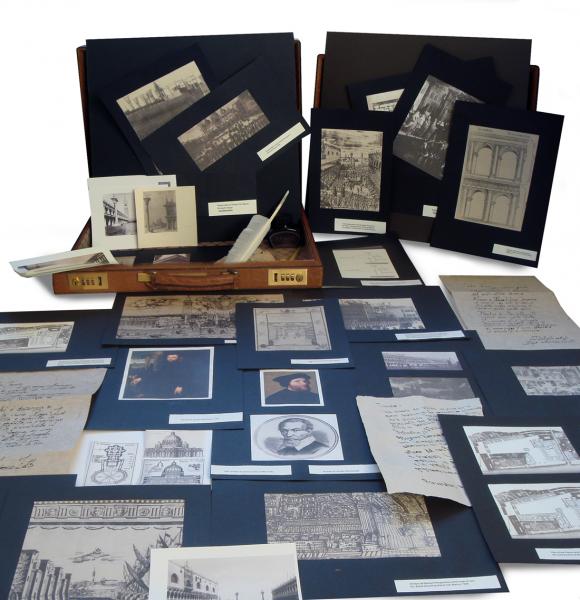
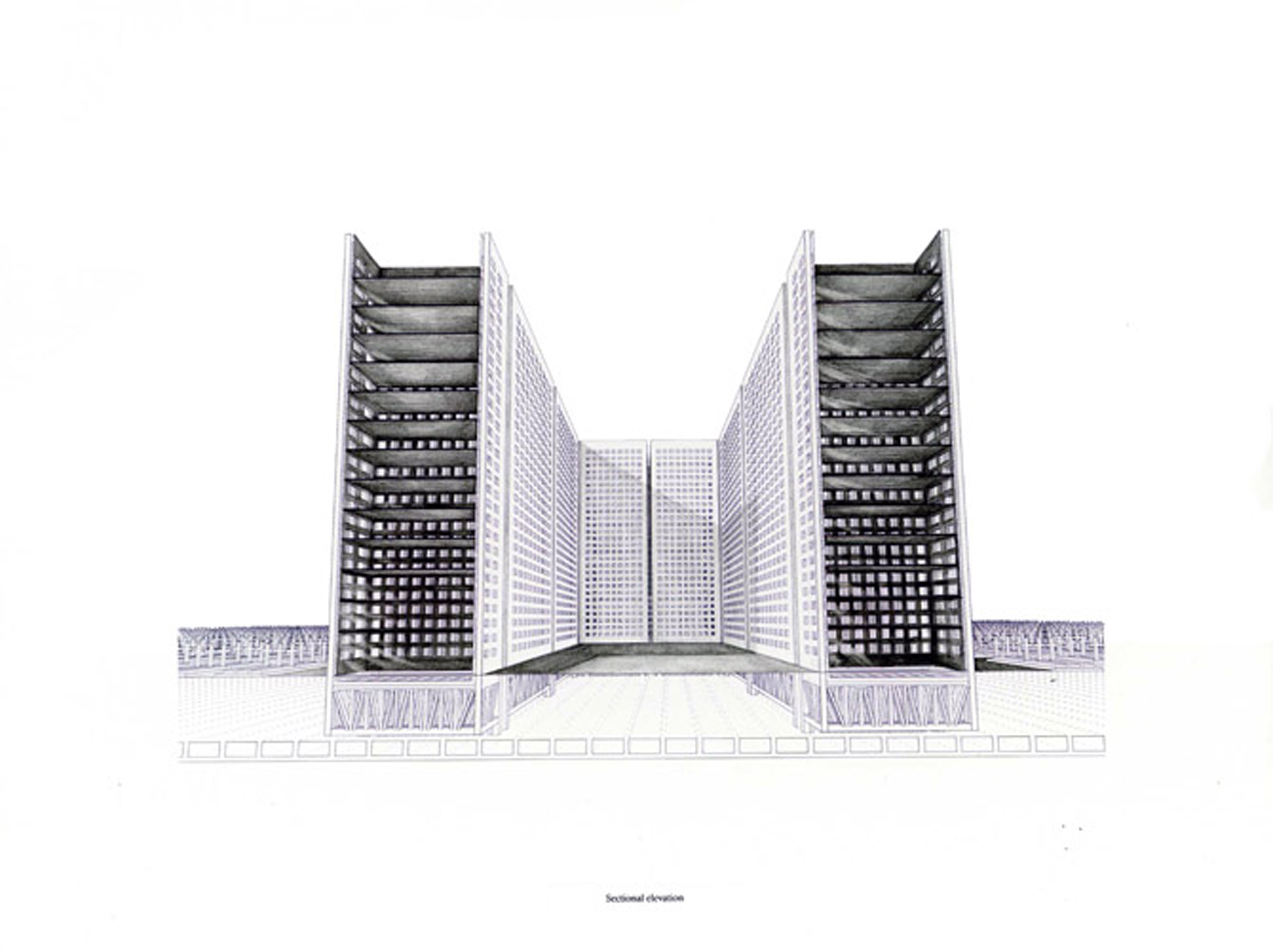
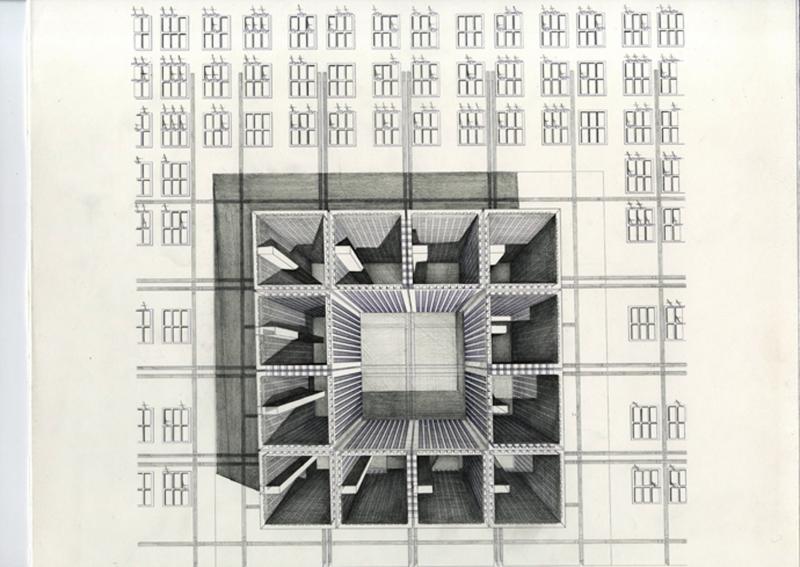

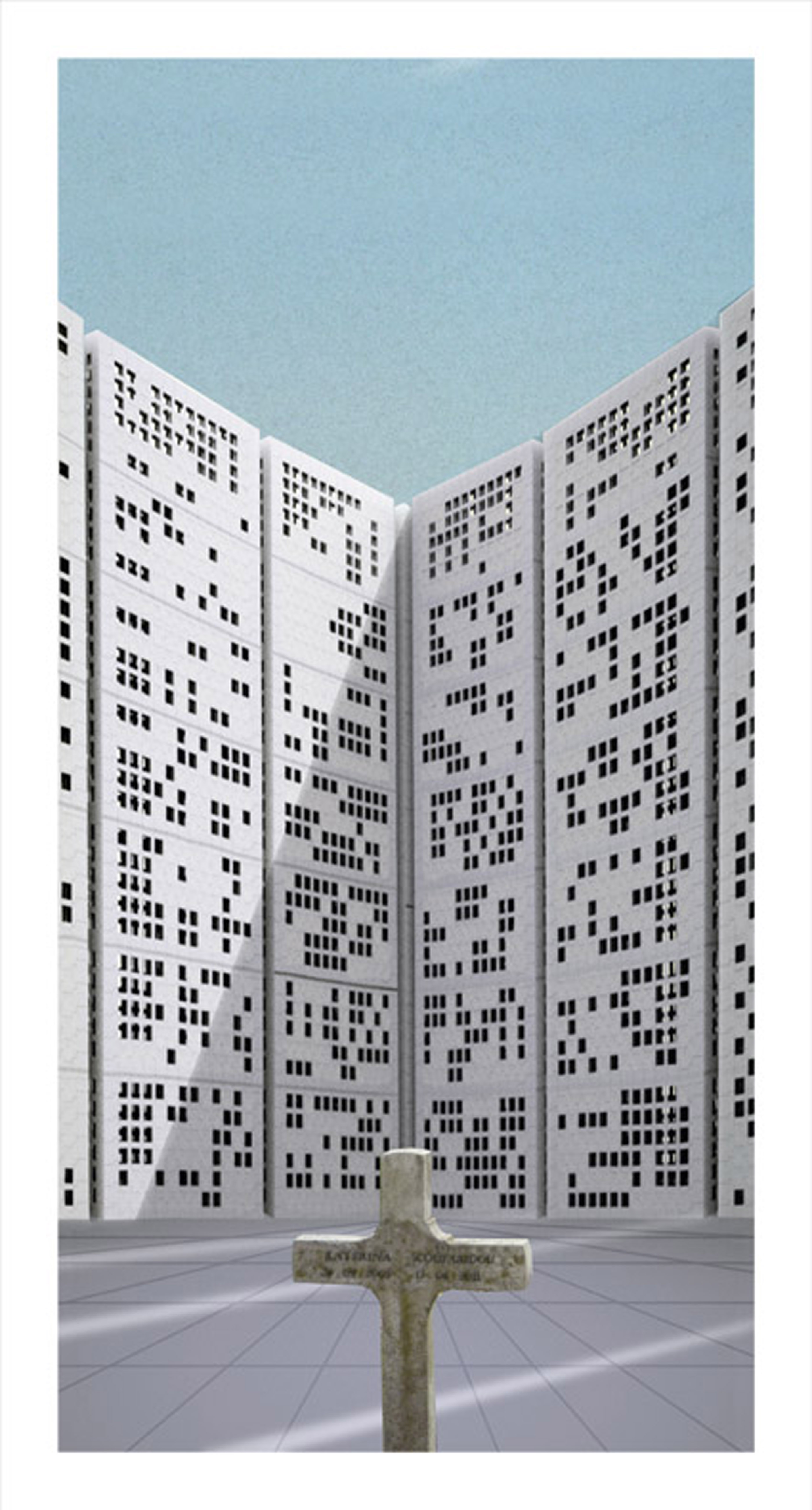
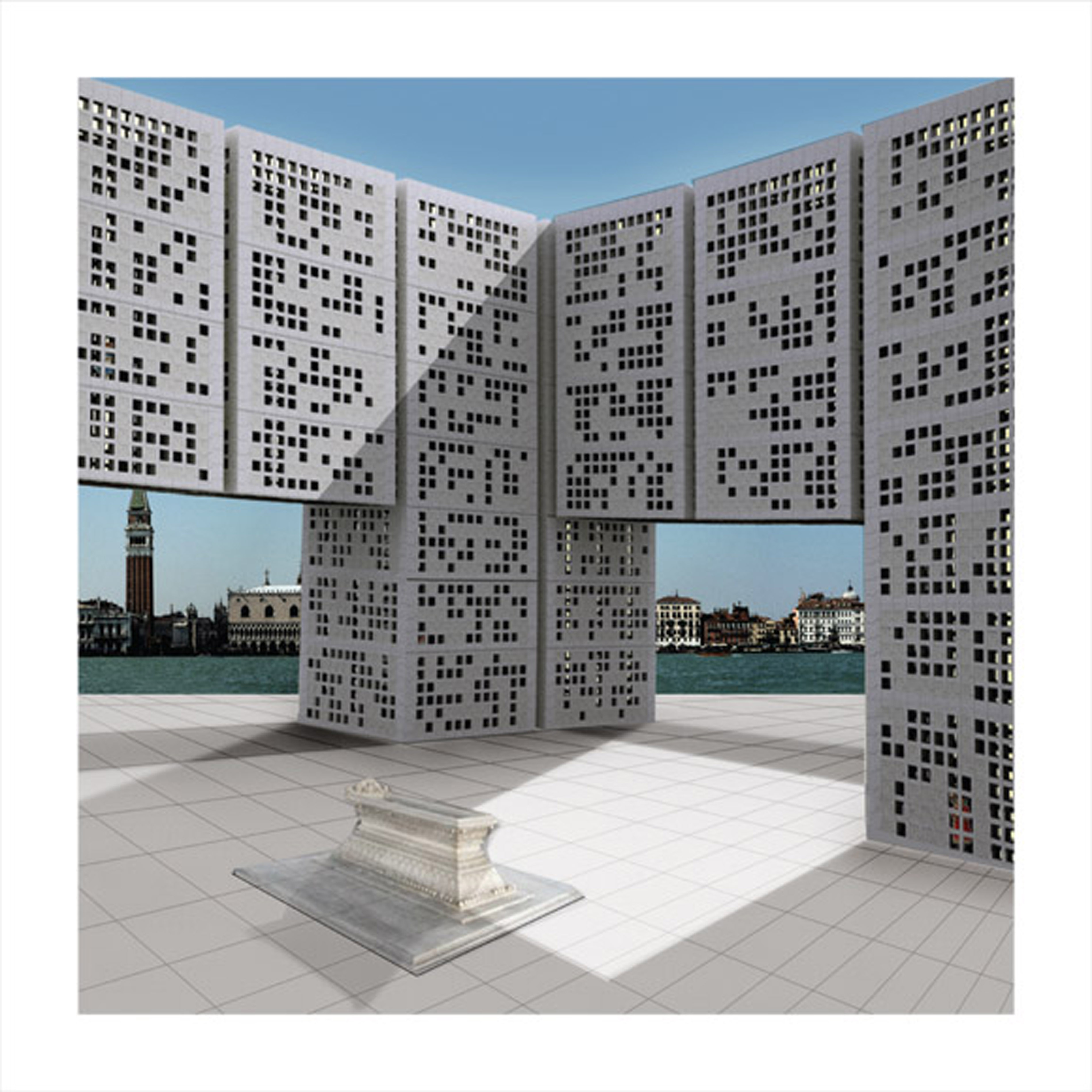
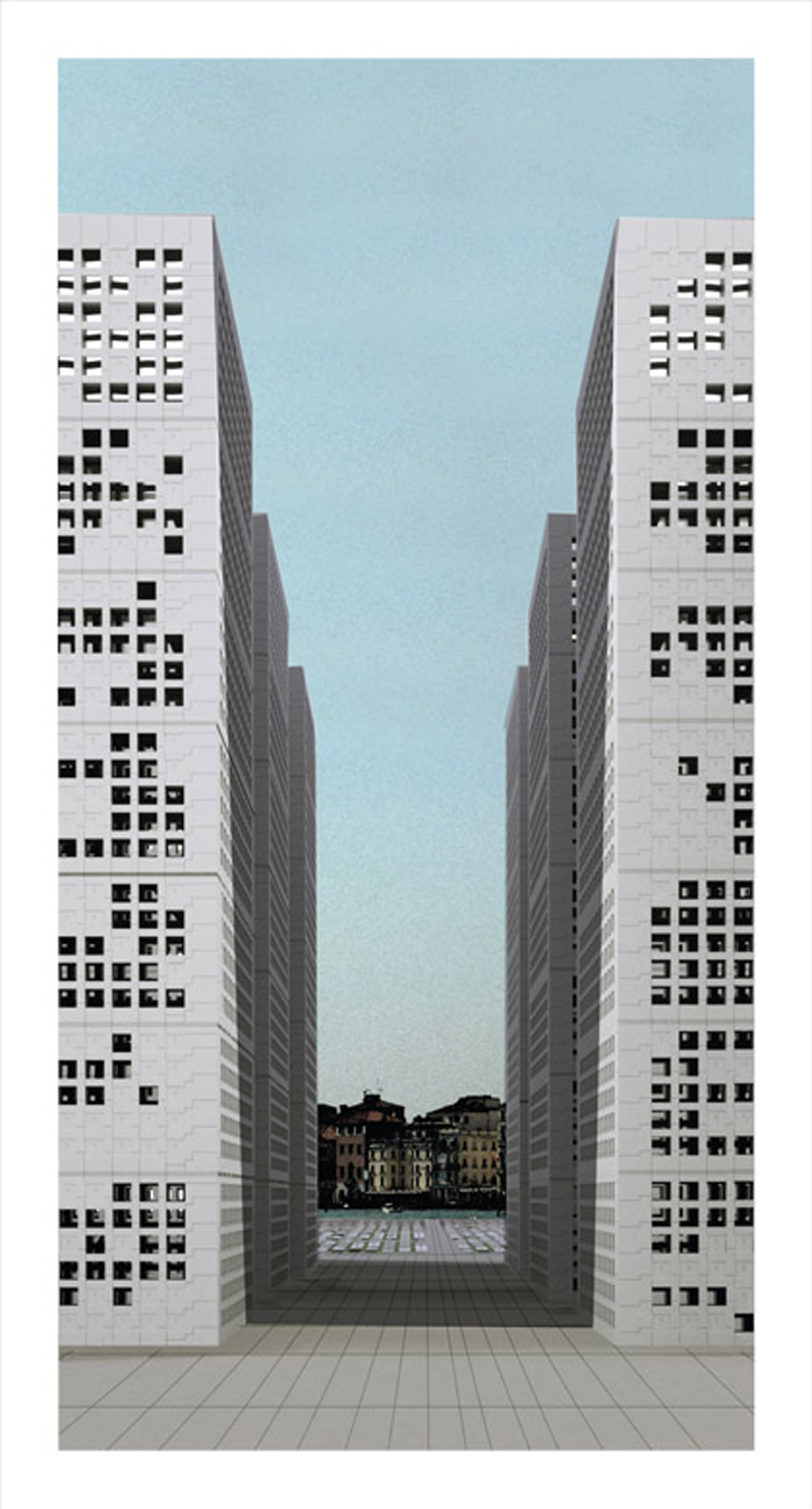
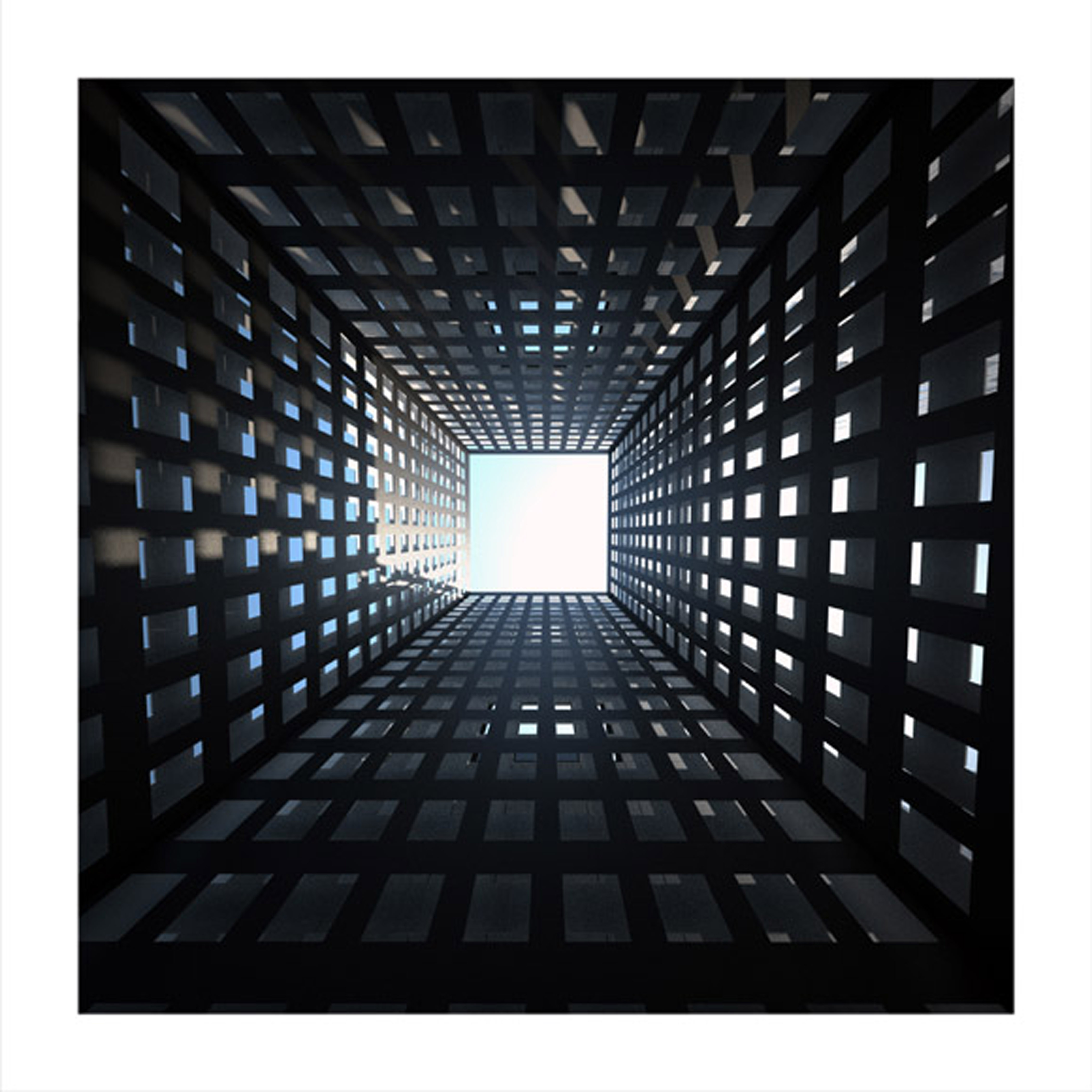
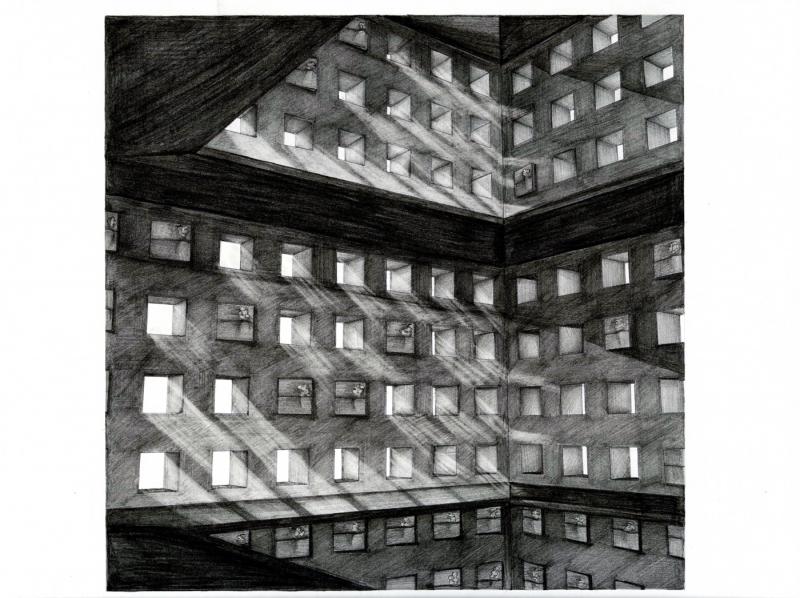
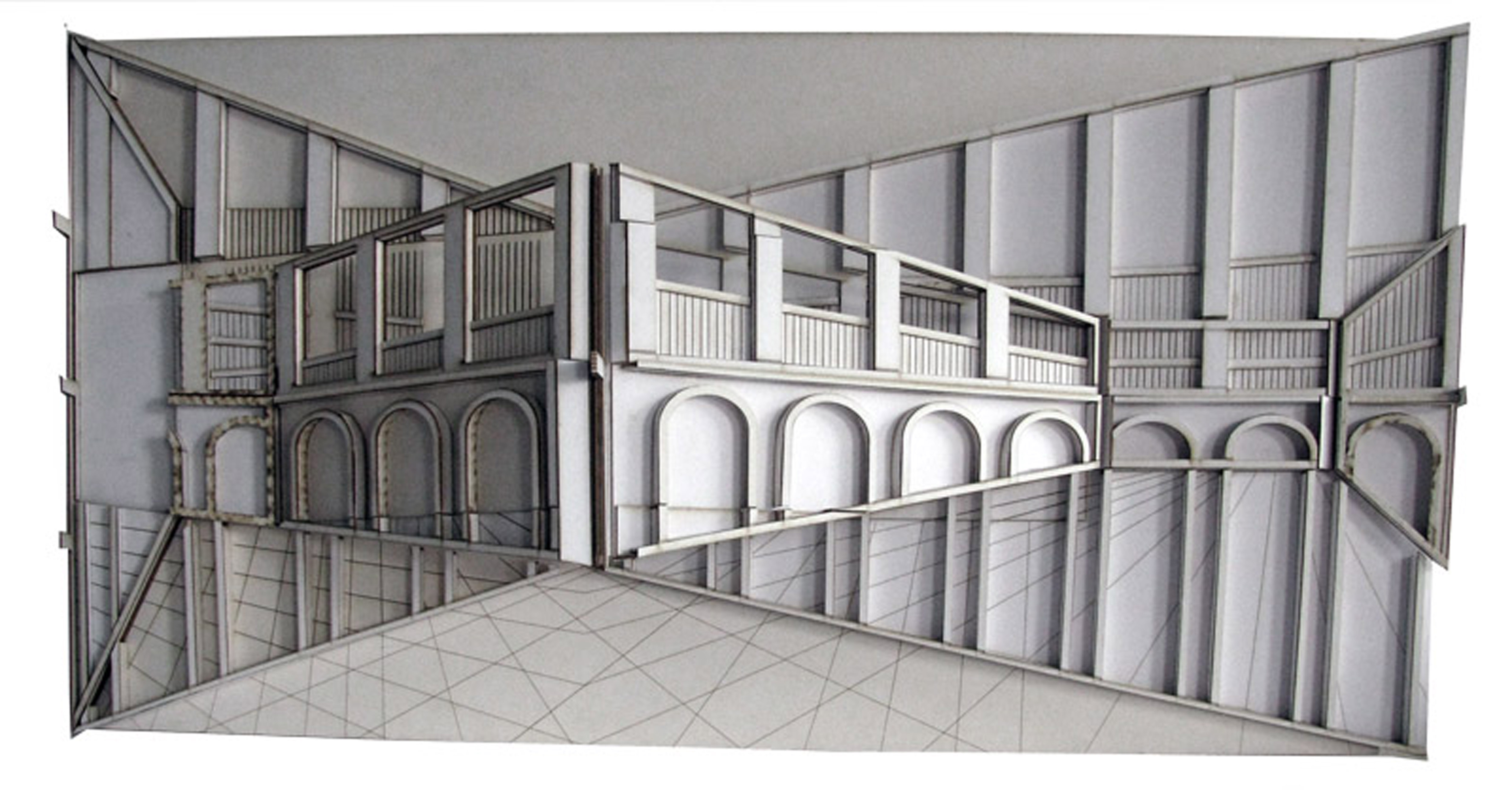
This project explores the relationship between architecture and the city as a flat image. The way through which this project is told repositions our understanding of experiencing the space of the city as a 3 Dimensional stage that extends from the interior to the city. The inhabitant of this stage thus becomes the actor and spectator to the event.
The project examines the boundaries between architecture and the flat image city and the potential of architecture to transform around a number of rituals and ceremonies. This occurs across three different actions, that will describe and unfold the city from its flat state and this will be created as it is being experienced.
These three actions are:
· The unfolding of the city
· The isolation of interiority
· The experiential sequence/navigation